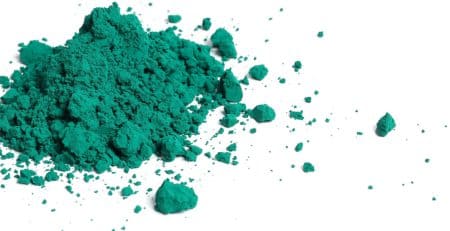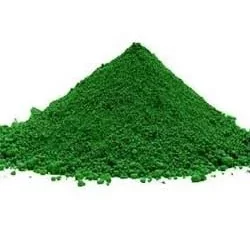Understanding the Paint Pigments For Sale: A Beginner’s Guide
**Introduction**
Hey there! I’m Alex, and today I’m excited to guide you through the colorful world of paint pigments. Whether you’re an aspiring artist, a DIY enthusiast, or simply curious about the magic behind the colors on your walls, understanding paint pigments is key. Let’s dive into the basics and explore what’s available in the world of paint pigments for sale, making your next artistic endeavor or home project a vibrant success.
**
1. What Are Paint Pigments?
**
At its core, a pigment is what gives paint its color. Here’s what you need to know:
– Paint pigments are finely ground particles that impart color when mixed with a binder.
– They come from various sources, including natural minerals, synthetic compounds, and even organic materials.
– The choice of pigment affects the paint’s color intensity, lightfastness (resistance to fading), and overall look and feel.
Understanding these basics helps you choose the right pigment for your project.
**
2. Types of Paint Pigments Available
**
The world of paint pigments is vast and varied. Common types include:
– **Natural Pigments:** Made from earth and minerals, they offer rich, traditional hues.
– **Synthetic Pigments:** Engineered for vibrant and consistent colors, often with enhanced properties.
– **Organic Pigments:** Derived from plant or animal sources, these are less common but prized for unique hues.
Each type has its own set of characteristics and applications, so consider your project’s needs when choosing.
**
3. Choosing the Right Pigment for Your Paint
**
Selecting the right pigment is crucial for achieving the desired outcome. Consider:
– **Color Strength:** Some pigments are more potent than others; a little can go a long way.
– **Compatibility with Medium:** Ensure the pigment works well with your chosen binder (oil, acrylic, watercolor, etc.).
– **Lightfastness:** If your work will be exposed to light, choose pigments that resist fading.
Always test a small amount first to see how the pigment behaves with your medium.
**
4. Safety and Environmental Considerations
**
Safety is paramount when working with pigments. Keep in mind:
– Some pigments can be toxic or harmful if inhaled or ingested. Always use safety equipment like masks and gloves.
– Opt for environmentally friendly pigments when possible.
– Proper disposal of pigment waste is essential to avoid environmental contamination.
**
5. Where to Buy and What to Look For
**
When purchasing paint pigments, consider:
– **Quality and Purity:** High-quality pigments provide better color and mixability.
– **Source:** Choose reputable suppliers who offer detailed information about their pigments.
– **Price:** While cost is a factor, remember that higher-priced pigments often offer better quality and longevity.
**FAQs**
**Q1:** What’s the difference between pigment and dye?
**A:** Pigments are insoluble particles used to color paints, while dyes are soluble and used to color fabrics.
**Q2:** Can I mix different types of pigments?
**A:** Yes, but it’s essential to test mixtures first as some pigments may not react well with others.
**Q3:** How do I know if a pigment is lightfast?
**A:** Check the pigment’s label for a lightfastness rating or consult the supplier for detailed information.
**Q4:** Are natural pigments always safer than synthetic ones?
**A:** Not necessarily. Some natural pigments can be toxic, so it’s important to always check safety information regardless of origin.
**Conclusion**
Embarking on your painting journey with a solid understanding of paint pigments will not only enhance your creative process but also ensure the longevity and safety of your work. “Colors speak all languages,” as Joseph Addison said, and indeed, the right pigment can communicate your vision with vivid clarity and beauty.
Whether you’re touching up a room or starting a new art piece, take the time to explore the vibrant possibilities of paint pigments for sale. Embrace the spectrum of choices, and let your imagination run wild with colors. Happy painting!




